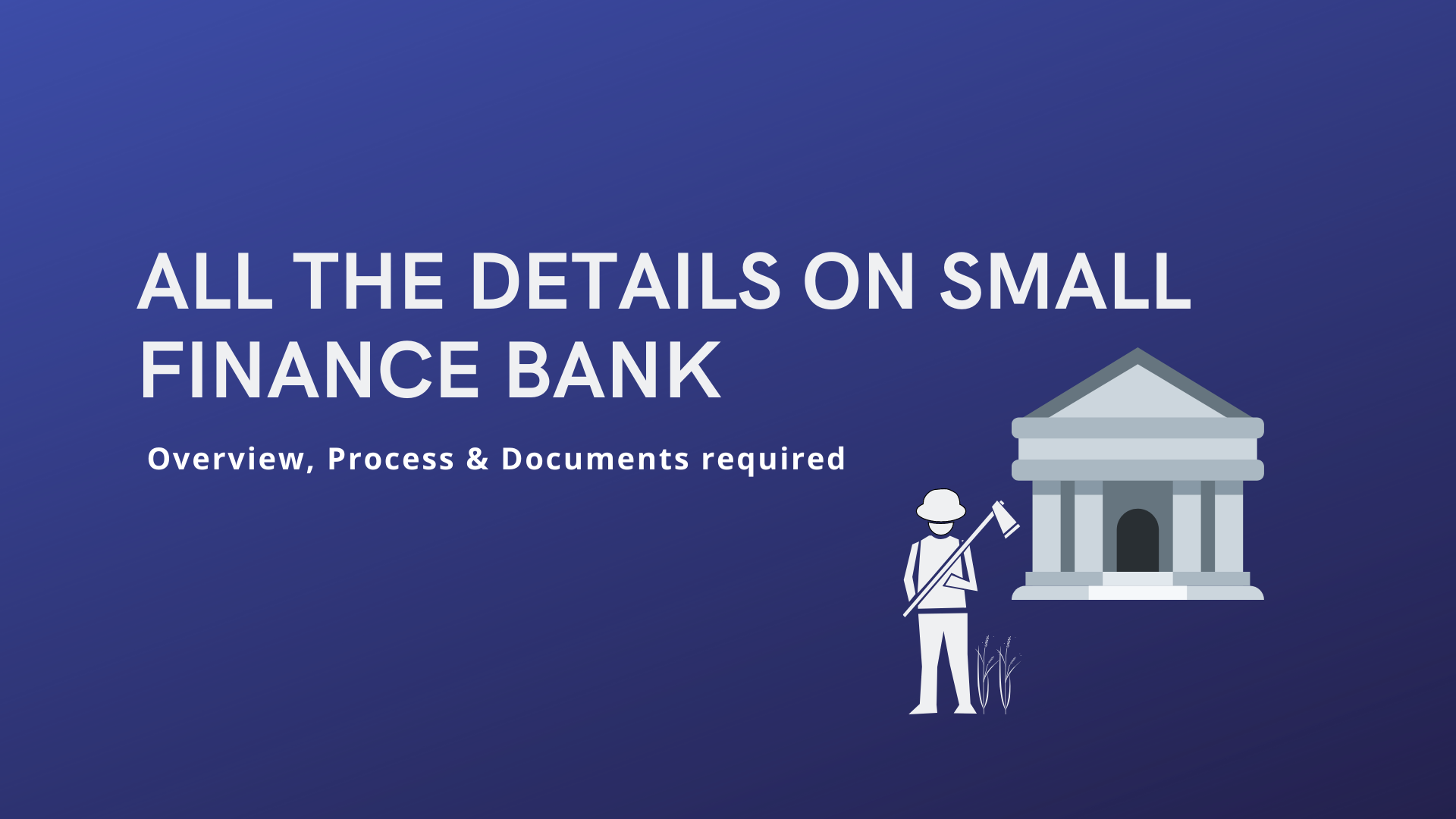

Payment Terms: Guide to Write Effective Terms & Conditions
For all businesses, money is the king, regardless of their size or industry. The entities require regular cash flow from their clients and the customer to meet their expenses towards their vendors of utilities. A lot many businesses suffer and die from lack of funds cause by late payments. That's why invoicing and that too, which has payment terms properly conveyed in, is a necessity.
Without powerful payment terms, your bills may not get paid for. And you won’t be compensated for the services rendered or products sold. This will lead to a cash crunch or low funds and you won’t be able to handle your expenses. It is very important to leave a lasting impression on your client.
How to write effective Invoice Payment Terms
- Correct Wording
It is important to use terminology that is clear and simple. Using complex language and complicated payment terms never work as effectively as using elementary language. Make sure your payment terms do not contain too sophisticated words or language that your client may not understand. The details of work undertaken, as well as terms and conditions, must be presented in a way that makes sense to the client.
Also consider that usage of precise, clear-cut terms creates an impression in the mind of the client that they are dealing with a professional. A confusion would invariably create a payment lag.
Further, it is vital to display a polite attitude and use friendly words, like "Please" and "Thank You". This strengthens the goodwill and increases the probability of having a long-lasting customer-client relationship.
Using phrases such as "Please make the payment on time", "Kindly pay your invoice within XX days" and "Thank you for availing our service" etc. creates a positive image and increases the likelihood of faster payment.
It's also important to personalize your invoice with your business logo.
- Format
The goods or services undertaken by you, on the client's behalf must be described in detail. For example, Purchase order related to this invoice, Date of goods/services sent, Description of goods delivered, Quantity, Price per unit, Total Price, Tax Charged, Payment terms agreed upon, etc.
The layout must have separate sections for all these items, depending on your line of work. It is a significant way to avoid invoice rejection and payment delay.
It makes the buyer clear about what he or she is paying for. So the invoice has a better chance of getting paid on time.
Some buyers, too, have specific requirements, as per the compliances they need to meet. Non-adherence to those conditions can adversely impact payments. They may include providing Purchase Order number, a particular department to be invoiced, separate addresses or departments for "Bill to" and "Ship to" sections, etc.
This detailed invoice will also benefit you in maintaining records and bookkeeping services.
- Use words of common parlance
You must consider that all your clients may not have a good understanding of even the terms that are commonly used in business terminology.
Besides, using of vague terms gives the customer a leeway or a loophole.
A phrase like "Due on Receipt" doesn't clear whether the payment is due on receipt of goods/services or the invoice. In case both are occurring on different dates. However, adding 2 little words will not give the client any escape from processing timely payment. The words may be "of Goods" or "of invoice".
"Net 30" vs. "Please pay within 30 days" or "Due in 30 days". Which term sounds clearer? Of course, Net 30 is commonly used in business transactions, but, the other 2 terms are more specific. By using easy to interpret terms, you increase your chances of receiving timely payments.
To give you another example, "EOM", short for End of Month. Using this, you would expect to be paid for all your pending invoices within the same month. But what about the invoices that you had sent at the end of the month itself? Say, for invoices sent on 28th or 29th, you are giving those customers a very short time to arrange payment.
In other words, keep space for undertaking changes in any payment term.
- Discount on early payment or extra charges on late payment
It may work out for some businesses, to hint that an early payment would get a rewarded a discount. Let's say you offer a 2% discount to payments received within a week's time. This will tempt some clients to arrange and pay within that time, to save.
Another idea is to clarify that extra charges would get levied if payment is received later than the due date. It adds an urgency to the invoice and facilitates the prioritization of such invoices over other pending bills, by the customer. Adding a late fee term can influence faster payment.
Of course, you need to make such conditions very clear, from the very beginning, at the time of taking the contract or deal.
- Payment policy with short terms
With few clients, you may opt for longer payment terms. Depending on the trust, longevity, and duration of your association, along with the quantity of the order or contract. However, it is advisable to you negotiate for shorter payment terms. Especially, if your relationship with the client in question has not established. The duration may vary according to your business structure, it may be 10-15 day or 90 days. A shorter payment term ensures faster cash turnover and adequate working capital to meet your business requirements.
Some Examples
We are providing below, a few standard invoice payment terms that are commonly used across industries. You must, of course, customize these according to your business type and capital requirements. You would need to create a system by incorporating these tips, speeds up invoicing, and improving cash flow into your business. Review these payment terms and their meaning.
- Net 7 – Payment is due within 7 days from the invoice date,
- Net 10 – Payment is due within 10 days from the invoice date,
- Net 30 – Payment is due within 30 days from the invoice date,
- Net 60 – Payment is due within 60 days from the invoice date,
- Net 90 – Payment is due within 90 days from the invoice date,
- COD – Cash on Delivery,
- CIA – Cash in Advance,
- PIA – Payment in Advance,
- 1% 10 Net 30 – Customer is eligible to receive a 1% discount for the payment received within 10 days. The overall due date is 30 days from the invoice date,
- Contra Payment – Payment is being offset against supplies purchased from the same customer.
Shorten the payment receipt cycle
Now that we have understood how to write effective invoice payment terms. Let’s consider ways to faster payments:
- Make Agreement before starting
When negotiating the deal, all terms and conditions must be sorted upfront. It will mean that there won't be any confusion later on. It also sets the client's expectations about goods/services, date of receipt and payment before you start the work.
- Invoice as soon as possible
You must generate your invoice as soon as the order is delivered. Some businessmen wake up and ask for payments from their clients only when their own vendors start chasing for their payment. This is working when the need has arisen. But this is detrimental to your business.
Having a definite duration to generate billing and a fixed payment due date is helpful for your clients to predict the upcoming payments and make them on time. Many clients have a fixed date for clearing bills and invoices. Scheduling a due date that is nearer to such date is a smart way to ensure quick and prompt payments.
- Keep detailed records of inventory and time
As you must have worked out the pricing at the time of undertaking the contract itself, it would help to keep it handy. Further, all delivery reports should be available so that the invoicing doesn't get slowed down. Keeping a delivery record, related to each such contract, so the numbers are at your fingertips when you need them. This way, you won't miss anything either. And for any discrepancies during costing becoming visible, you must update your client immediately, instead of surprising them at the end of the month.
- Invoice submission method
Using a fast mode of dispatching the invoices to the customers would ensure timely payments. Therefore, mailing invoices are preferred. An alternative is e-invoicing, wherein you can easily upload your invoices and submit online. Clients receive a notification after every successful submission allowing better control over the whole process. Both modes are paperless, quick, cost-effective, easy to track and convenient for both parties.
Some clients still want invoices sent through snail mail. In such cases, you can opt for registered and speed posts. This will ensure that your invoices do not get misplaced in transit. Else, you won't get to know whether the customer has received it or not, till there is a payment delay or a reminder is sent to the customer.
- Multiple payment options
In this era of digital banking, all consumers are increasingly moving away from the traditional approach of cash or cheque payment to online banking. This way they can pay, while at work or even from home, rather than having to visit the bank to deposit cash or cheque. Payment options like NEFT (Net Electronic Fund Transfer) and Debit/Credit payments are quicker and safer as they help you get paid faster and reduce the chances of fraud. It is wise to include online payment options in your invoices as, nowadays, clients are more inclined towards accessing a payment link to make payment.
- Payment Reminders
An effective strategy for payment collection, you can consider set-up auto reminders for payments to be received, a couple of days before the actual due date. Often customers do not intentionally delay the payment but get late. It may be a case of simple forgetfulness or maybe they have too many invoices on hand. Automatic reminders act as a friendly nudge for such customers and facilitate timely payment as they approach the invoice due date.
- Be strict about your payment terms
While an occasional waiver might be required to boost relationship with a particular client, still, it is not recommended to keep offering grace periods to all the customers. Then they tend to become complacent and be late in paying their invoices, repeatedly. It is of utmost importance that you make them understand that the payment terms are not to be deviated from. Otherwise, penalties may be levied, which may include suspension of work on any next order, and any next delivery would get affected.
- Frequent Reviews
It is important to conduct frequent reconciliation of your receivables. This way you'll have clarity about all unpaid invoices, both current and overdue. Also, you'll be able to keep a note of the customers who delay or even default in payments. It will help you identify customers who need stringent reminders so that you can initiate timely follow-ups to elicit payments on time. The frequency may be daily, weekly or monthly, depending on your business structure.
- Request for Advance
This is usually undertaken for bulk orders wherein you can request the customer to make an advance payment, of a certain percentage, at the beginning of the project. This gives you the working capital that you would need to operate on this project. This approach is not suitable for small orders.
- Healthy Relations with Clients
Keeping channels of communication open with your clients helps improve payment related issues with them. For this, you may have to invest some time and efforts. Receiving constructive feedback from the customers may help you identify the shortcomings of your product or services. And thus, you would be able to improve upon.
With transparent discussions, the clients would, also, trust you and your business. This would help both the stakeholders to understand the issue from the other's perspective. And come to a constructive conclusion to address the issue promptly.
Conclusion
Formulating perfect invoice payment terms and conditions is tricky and needs craft. Being a business owner, invariably, means you’re short on time. However, getting your invoicing set up properly will prove to be worth the effort.
Taking the assistance of user-friendly accounting software can help you automate this. You can reduce, to a large extent, the amount of time you spend collecting your hard-earned money. With its help, you can focus on getting paid faster. And it will prove to be great for your business.
You can approach LegalRaasta, India's top portal providing expert services related to accounting, legal and financial, such as GST Software, etc. This article has been framed by Reema, a content writer with LegalRaasta.









